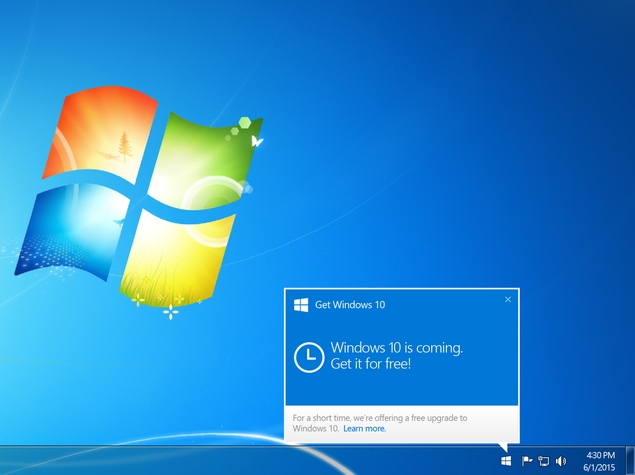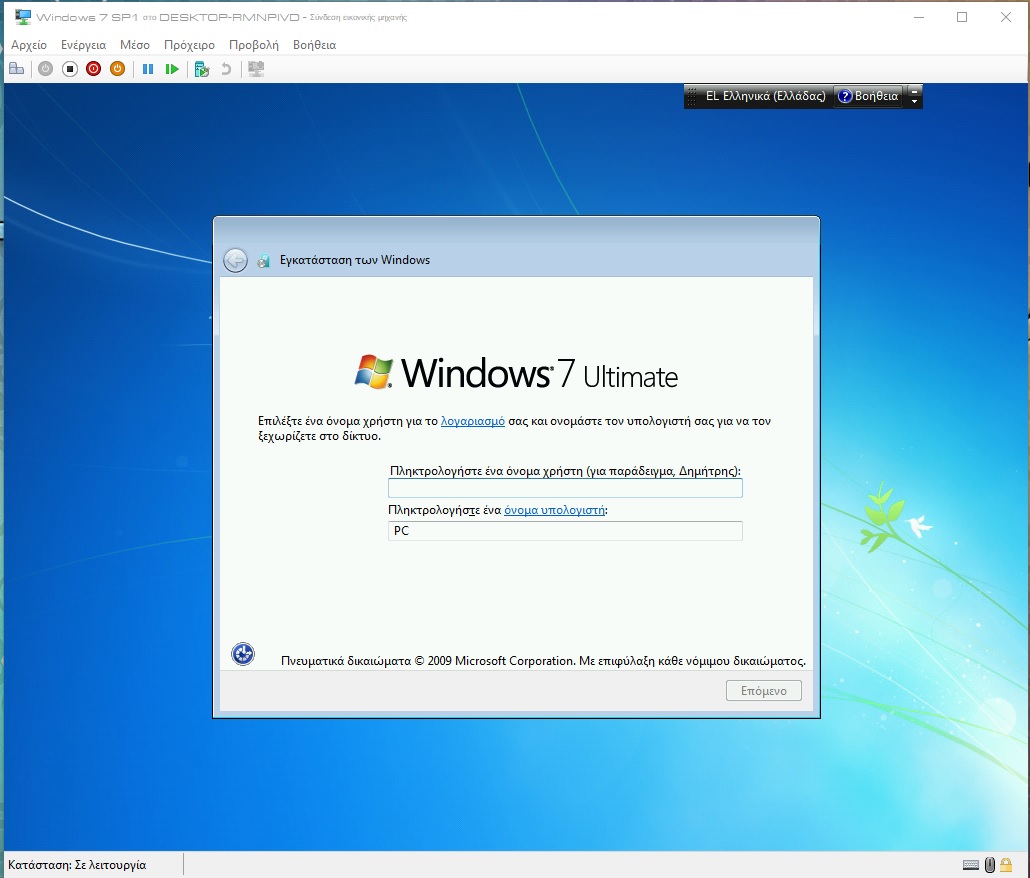
Instead, /kb:3080149specify the desired update number to remove.įor a complete list of malicious and suspicious updates to Windows 7, see here. Wusa.exe /kb:3080149 /uninstall /quiet /norestart To remove unwanted updates, use the command: Update for Windows 7 圆4 (KB3080149) - time zone fixes, even more telemetry, possibly CEIP in Win7 SP1, 8.1, Svr2008R2, Svr2012R2 Update for Windows 7 圆4 (KB3068708) - KB3068708 installs a telemetry service, prepares the system for an upgrade to Windows 10, CEIP Win7, Win8.1, Svr2008R2, Svr2012R2 The cumulative update of Windows 7 includes updates that add telemetry features and prepare to upgrade to Windows 10.

This method is probably more convenient and safer.Ī warning. That is, you can now install critical security updates in real time through WSUS, and all other updates - once a month to download (or not download) from the Microsoft Update Catalog. Installing a whole package is much more convenient than updating normally, because it only takes one reboot.Īt the same time, Microsoft announced that from now on, non-security updates for Windows 7 SP1, Windows 8.1, Windows Server 2008 R2 SP1, Windows Server 2012 and Windows Server 2012 R2 will be released as a single package every month. As Microsoft has already warned, the site only works in IE6 or higher. The cumulative package is published on the official website of the Microsoft Update Catalog. But everything else is there: key kernel updates, security updates, fixes, etc.: a complete list of files in csv.


The update package does not include only IE11 (it is updated separately), updates for.

Unofficially, the update package KB3125574 is already called Windows 7 SP2, although this is not entirely correct. Due to numerous requests, Microsoft did a good job and collected all the updates for the Windows 7 operating system since the release of SP1 in 2011 into a single package.


 0 kommentar(er)
0 kommentar(er)
